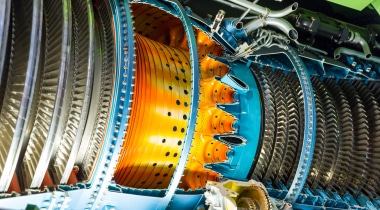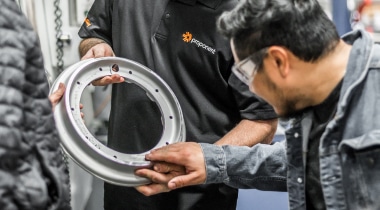With so much of the focus of the aviation industry on manufacturing new aircraft and maintaining or repairing existing aircraft, it can be easy to forget about an aircraft’s end-of-life and what happens when a plane is decommissioned. More recently, with the rise of “green aviation” practices, aircraft recycling has become a huge part of retiring an airplane.
Moving forward, aircraft recycling is becoming even more important, with 12,000 aircraft due to retire within the next 20 years. The market is pursuing two parallel goals: a more streamlined recycling process to deal with current aircraft and a more holistic design for future aircraft, to account for what happens to a plane after it has served its purpose.
What Does Aircraft Recycling Involve?
A typical plane flies for 20 to 25 years before being retired. But just because the plane is no longer fit for commercial use, it doesn’t mean that its components have lost their value. This is where aircraft recycling comes into play, salvaging the parts and materials.
Each aircraft is made up of hundreds of thousands of parts. Some of these parts (seats, windshields, and landing gear, for instance) can be reused on other planes – once they are cleaned, inspected, and repaired. Few components simply go to waste. Other components are broken down and sorted into their base materials (such as glass, aluminum and steel), which are easily recyclable.
Currently, about 500 airplanes are recycled annually. By 2030, that number is projected to be closer to 2,000 planes per year, saving even more on replacements for currently functioning aircrafts.
Challenges in Aircraft Recycling
The generation of aircraft being recycled today hasn’t been designed with their end-of-life in mind. And while the aircraft currently in production have more thought given to recyclability, there is still a long way to go before aircraft are truly sustainable.
According to companies that store and disassemble planes, about 80% to 85% of an aircraft by weight can be recycled. The remaining portions end up in landfills.
Airplane interiors present the biggest challenge: Most of the materials either are unable to be recycled or are worthless to recycle than it would cost to dismantle and sort them. However, there are companies, like the Aircraft Interior Recycling Association, that are stepping up to provide comprehensive recycling services for aircraft interiors.
Another challenge is that airplanes are built from many different types of materials stuck together, which is not ideal for recycling.
Some advances in aircraft design present greater challenges to aircraft recycling. For instance, carbon fiber has become a very popular building material due to its extremely lightweight strength. However, this composite of carbon and plastic doesn’t currently have a large-scale recycling solution, meaning that this material currently ends up in landfills.
How Aircraft Recycling Will Change in the Future
The global air travel boom currently taxing aircraft manufacturers will mean an exponential increase in the number of aircraft retiring in the next 30 years. As with many issues that fall under the green aviation umbrella, there is no overnight solution to the issue of aircraft recycling.
To be truly successful as an industry, this problem requires whole-system thinking. The design of a plane – from materials to building methods – should consider how each component can be reused or recycled. The recycling process should ideally become streamlined and standardized, a seamless aspect of the life of a plane. With collaboration and holistic thinking, aircraft recycling will make for a greener future for the aviation industry and the earth.
Related Articles
Kapco Global Discusses the Latest Trends in Green Aviation with Avionics Magazine
The Latest in Aerospace Technology: Biofuels, SpaceX Travels and More



















